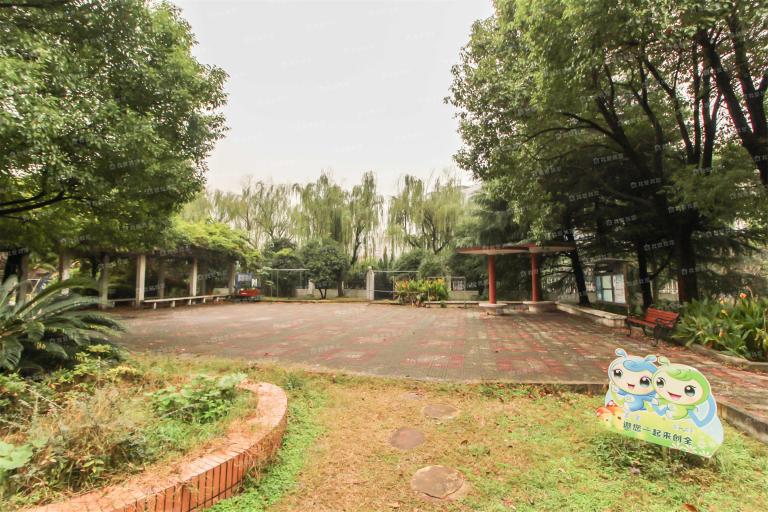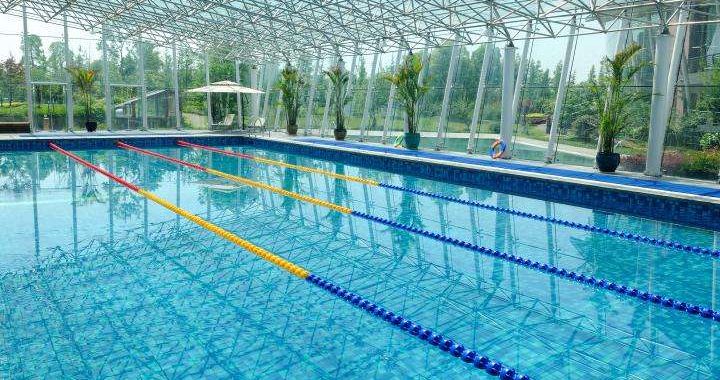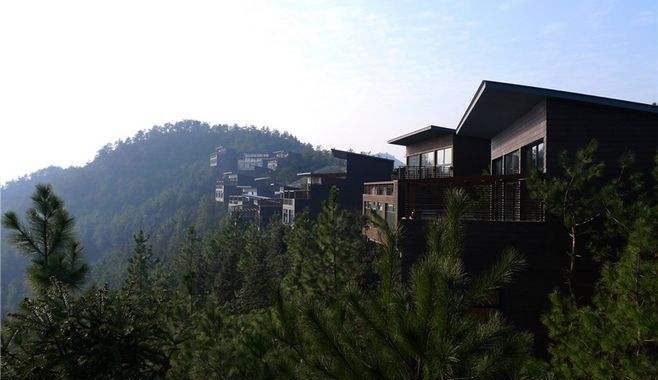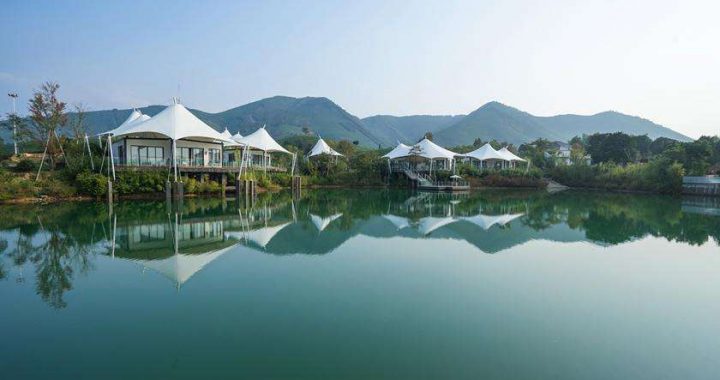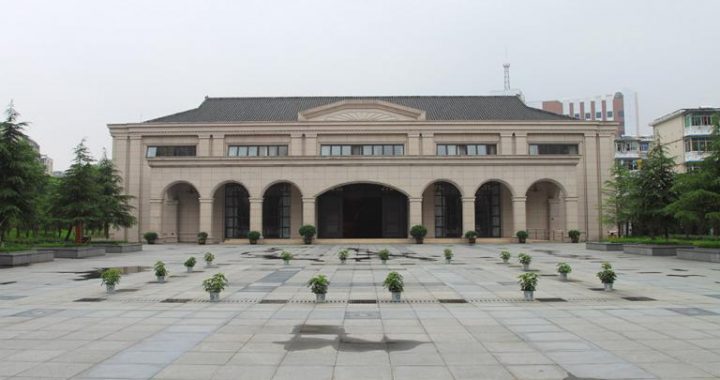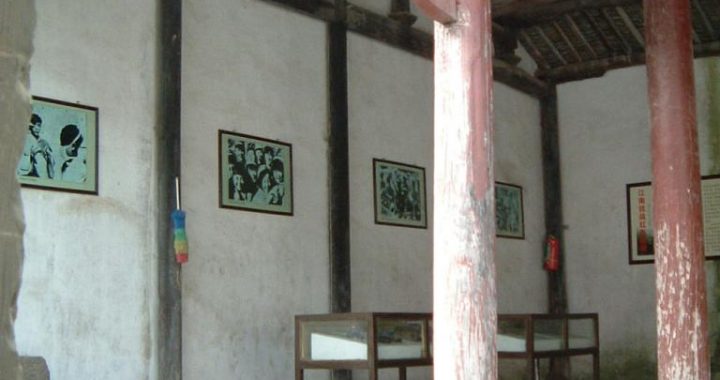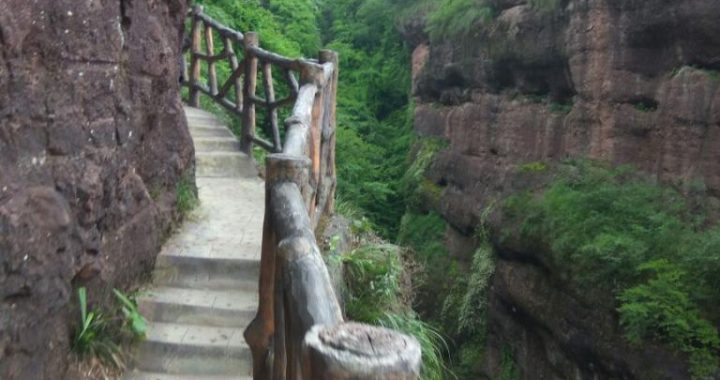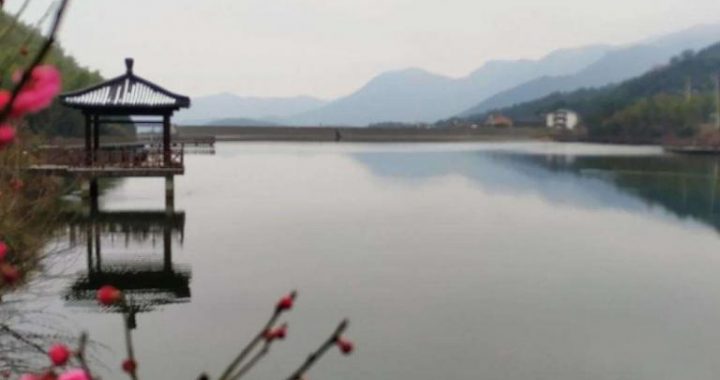Lianhuazhuang Garden in Huzhou
8 min readChinese gardens are generally divided into three categories: privategarden, imperial garden and monastic garden. The private gardens were constructed for the recreation and retreat of imperial officials and scholars.
These gardens are typically surrounded by buildings, and the enclosure creates a kind of intimacy. Lianhuazhuang Garden belongs to the kind of private garden. It was initially the villa owned by Zhao Mengfu, the great calligrapher during the Yuan Dynasty.
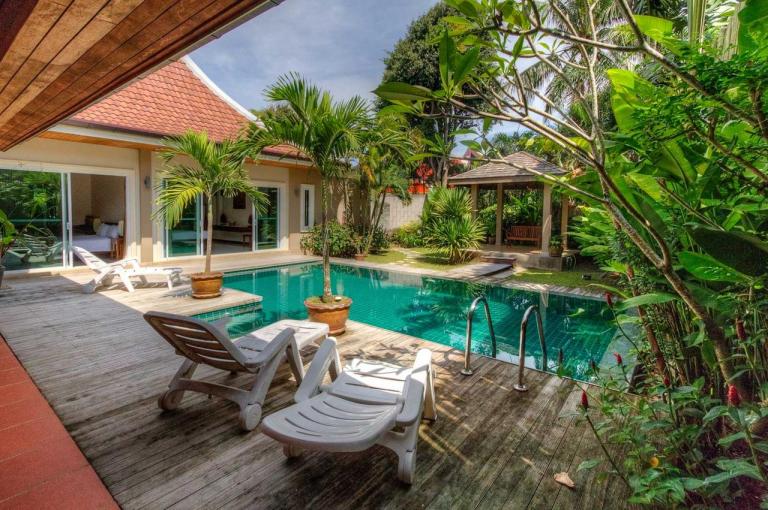
Lianhuazhuang Garden is located in the southeast of urban district, and close to the No.318 National Highway. In the last years of the Song Dynasty, Zhao’s great-grand father moved from Daliang (now called Kaifeng, in Henan Province) to Huzhou and resided in Wuxing from thenon. He built up the garden, which was called Xinxin Junguo Garden, and named it Jupo Garden by his son later, and finally named it “Lotus Villa”byZhao Mengfu, and he took it as his private villa. It had been well preserveduntil the Ming Dynasty, but was destroyed during the last years of the Qing Dynasty. Thenceforward, it got left in ruins. It was renovated after the foundation of the People’s Republic of China. It was named “Youth Park”in the years of “Cultural Revolution”(1966-1976). In 1986, the municipal government of Huzhou began to restore and rebuild this garden in accordance with its original appearance. One year later,a newly rebuilt garden was opened to the public as a historic and scenic tourist spot, and renamed”Lianhuazhuang Garden”.
After reconstruction of the garden, the area of Lianhuazhuang Garden is expanded to 112 mu. In fact, it swallowed up a neighbouring private garden called Qian Yuan. Lianhuazhuang Garden is now divided into four sections— the western section, the central section, the eastern section and the northern section.The garden has the water area covering one third of the total area.The garden that leaves the deep impression on tourists after their visits may be the gardening style and exuberant trees.There are many rare species of plants in the different sections of the garden,such as Metasequoia glyptostroboides,ginkgo,cedar,and Phoebe sheareri etc.
When visitors come to the garden,a horizontal inscribed board with“Lian Hua Zhuang”in Chinese character comes into view,which is put above the entrance gate.The three characters are taken and amplified from the handwriting of Zhao Puchu,who was the famous calligrapher and the former president of Buddhist Association in China.In the left and the right enclosing walls of the entrance,the leaky windows decorated with tiles in the pattern of one big and four small lotuses are symmetrically formed.
Lotus symbolizes purity.A poet eulogized the disposition of lotus in lines “rising from the filthy mud but unsoiled,bathing in the clear water without being flirtatious”.To Buddhism,it is the symbolic meaning of coming out of the filth unstained that becomes the spiritual goal in the worldly life for Buddhists to pursue.
Passing through the gateway, tourists arrive at the western section of the garden. On the left side, there is a huge stone tablet that has more than70 centimeters in width and about 8 meters in length. The stone tablet bears the inscription of “Wuxing Ode”in Chinese. It is amplified according to the authentic work of Zhao Mengfu’s handwriting on a silk scroll with 25.2 centimeters wide and 28.3 centimeters long. The silk scroll is still preserved in Zhejiang Museum now. This Ode was created and written by Zhao Mengfu in his twenties, from which people can find that he fully depicted Huzhou’s land feature, history, and scenery in 900 words. In front of thestone tablet,a small pond with some water lilies is called “Qing Sheng Pond”. To the right of the stone tablet is “Qing Sheng Pavilion”. Another tablet is positioned at the center of the pavilion, on which the description of the restoration project about the garden implemented by Huzhou municipal government is recorded. Behind the pavilion, tourists can find a corridor with some tablets inlaid on its wall. One of the stone tablets has a drawing of “Wuxing Landscape”. The drawing is carved according to the photos of Zhao Mengfu’s authentic work preserved in Shanghai Museum. Another stone carving of “Record of Wuxing Landscape”written by Zhao Mengfu’s son can be seen there.
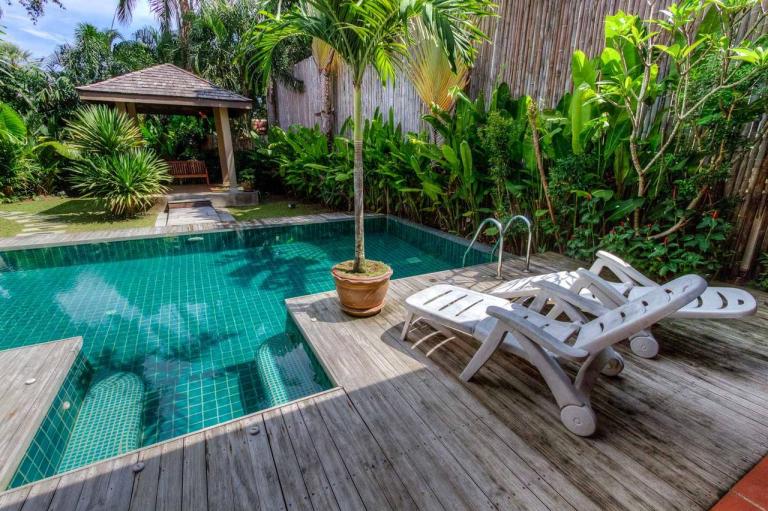
When tourists walk forward and go over a bridge, they arrive at the central section of the garden.A large lotus pond appears. It is named “Lotus Pond”because of the pond full of lotuses. They are blossoming in summer every year. As the core area of the garden, many historical interests and sights come into one’s view. To the north, there is a waterside construction which is a six-room-wide building called “Qing Bian Ju”. The building looks in the antique style with the winding corridor and upturned eaves. It is situated half on the land, and half of it projecting over the water. The writing of the inscribed plaque placed on the upper part of the pavilion comes from the famous calligrapher Guo Zhongxuan. Nowadays the building, customarily called”waterside pavilion”, is used as a teahouse for tourists to take a short rest and have a cup of tea while enjoying the scenery.
On the left side, there is a small hill with a two-storey tower on its top.
The tower was called “Ti Shan Lou”. It was said that place used to be a site of former residence of Zhao Mengfu’s wife, Guan Daosheng. Guan often stayed in the tower in her lifetime. For that reason, the tower is generally called”Guan Lou”. On both sides of the hill, ginkgo trees grow upright.
There are two ginkgo trees at the eastern section that were planted in 1987. They are the memorial trees for the establishment of friendly cities between Shimada City, Shizuoka, Japan and Huzhou City, Zhejiang, China.”Song Xue Zhai”and “Ou Bo Ting”can be found near. Both of them are named after Zhao Mengfu’s literary names.”Ou Bo Ting”is connected by a corridor to the east side of “Song Xue Zhai”. Zhao took great pleasure inwriting and drawing, many of his great works were finished at this place.
Opposite to “Song Xue Zhai”, there is a rockery piled up with Taihu stones, and a pavilion called “Zhi Ting”rests on the top of the artificial formation which stands apart from “Guan Ting”at a distance.”Yin Shui Shan Fang”is located behind “Song Xue Zhai”. The building got the name as its location is at the foot of the hill and beside the pond. It is believed that many masterpieces were created by Zhao Mengfu in the house. When tourists come to a yard surrounded by high walls, they will find Zhao Mengfu’s bronze statue is facing the front wall gate. The eastern wall of the yard has a moon-like gate with the name “Shui Jing Gong”above(which means “Crystal Palace”). Going through the moon-shaped gate, visitors suddenly have a broader view. This is an ancient gardening art, or an architectural design that has been often used in the construction of the private garden.
The effect of the gardening design is generally achieved by a crooked walkway that traverses the garden, or by natural geographical features, even by some man-made blocking structures. Thus,a part of sight can be viewed at first, but the broader view is exposed with one’s step moving forwards.
This so-called blocking view would ask visitors to explore further and get additional sights at different locations. Visitors can also appreciate Zhao’s hand-writings along the corridor at the right side of the lotus pond. At the end of the corridor stands a two-storey pavilion named”Xiao Qing Ge”. On the right of the pavilion lies a bridge called “Ying Dai Bridge”, and “Da Ya Tang”is on the east of the bridge.
Stepping out of “Da Ya Tang”, tourists find themselves in the northern section. This part of the garden was formerly another private garden belonging to Lu Xinyuan,a bibliophile who lived during the early years of the Reign of Emperor Guangxu. Its original name was “Lu’s Family Garden”. When Lu Xinyuan retired and returned to Huzhou, he dedicated himself to writing, and called himself “Qian Yuan Old Man”, which means an old man who concentrates upon his writing work in a garden. From then on, the name of the garden was changed to”Qian Yuan”. Qian Yuan was almost destroyed during the Anti-Japanese War, but it was renovated in 1980 and opened to the public in 1984.
In the center of Qian Yuan, there is a small pond in the shape of a jade ruyi(an S-shaped ornamental object usually made of jade which symbolizes and brings good fortune), so the pond was named”Ruyi Pond”. To the northeast of the pond, there are five blocks of Taihu-stone. The biggest one is called “Lian Hua Feng”, which measures 3.8 meters in height and about 1.2 meters in width. It was formerly placed in “Song Xue Zhai”. The inscriptions of three seal characters”Lian Hua Feng”(Lotus Peak) on the stone are from the handwriting of Zhao Mengfu. To the east of the pond, the largest rockery in the garden is piled up with over 1,000 tons of Taihu-stone.
To the south of the rockery, there is a small pavilion built up by simple wooden pillars and crude brown tiles. The horizontal inscribed board of the pavilion has three Chinese words “Xiao Peng Hu”. The inscriptions are from the handwriting of Tan Jiancheng,a famous native calligrapher. The name of the pavilion means that visitors who come into this pavilion will feel free as if they are kept apart from the world. To the east of the rockery stands a tablet with two Chinese characters “Sheng Zhi”(Imperial edict). It was set up to commend Lu’s donation of his books to the national library.
Going eastwards, there is an additional corridor called “Bao Xuan”, which encircles the eastern part of Qian Yuan. The corridor now also becomes the eastern exit of Lianhuazhuang Garden. On the whitewashed wall of the former entrance to QianYuan, tourists can still find the name of “Qian Yuan”that were scaled up from the handwriting of professor Chen Congzhou. The two magnified Chinese characters in bold and vigorous strokes are very eye-catching.
Lianhuazhuang Garden looks exuberant in spring. The fragrance of lotus flowers refreshes one’s mind in summer. Autumn brings with it thesweet scent of osmanthus flowers and chrysanthemums in full blossom. In winter, the snow scenery looks just like jade-carvings, beautiful and charming. As a unique garden with all features and arts of gardening of the southern China, it is a must-see for all tourists who come to Huzhou.
